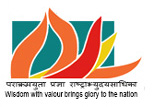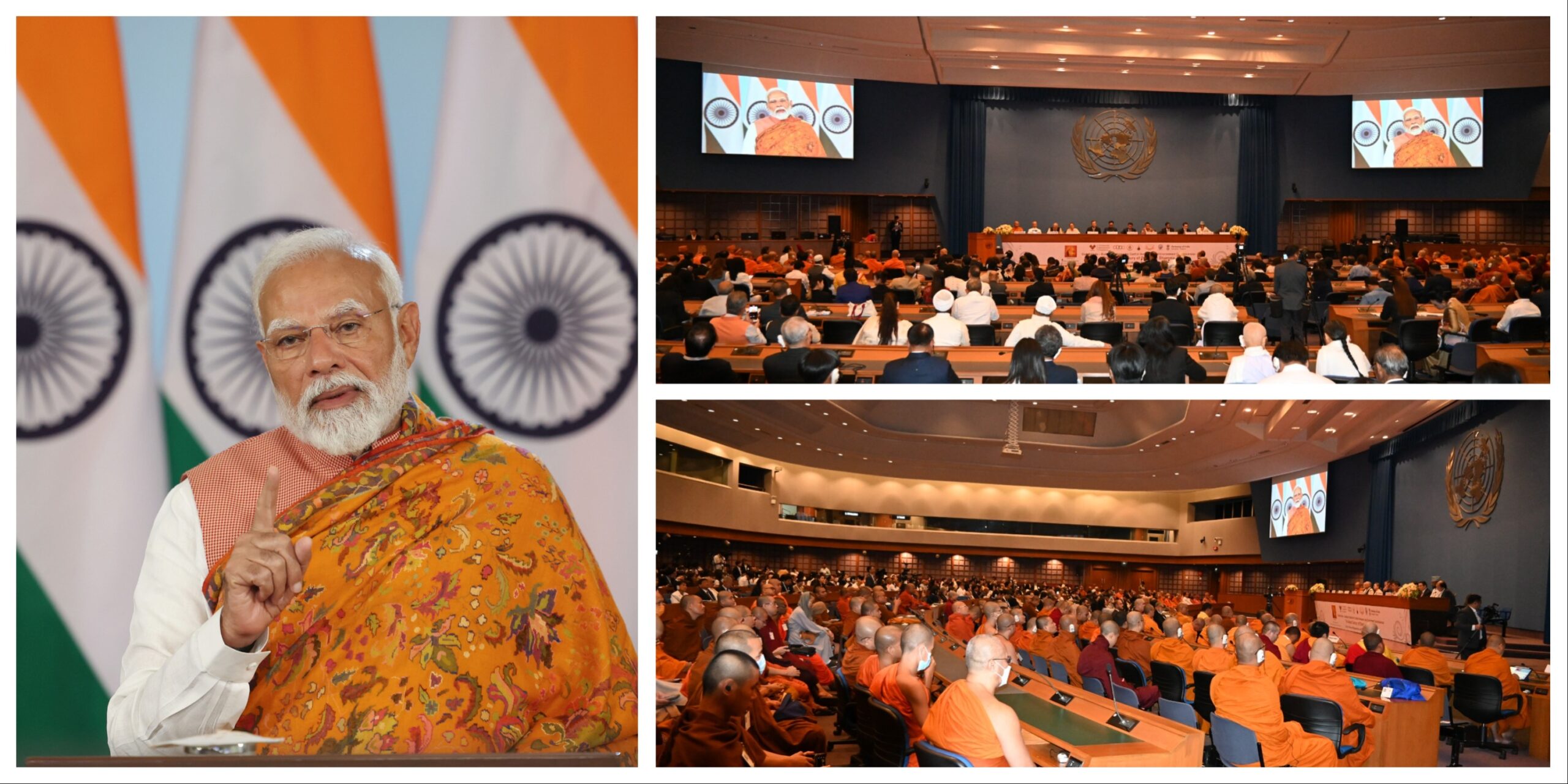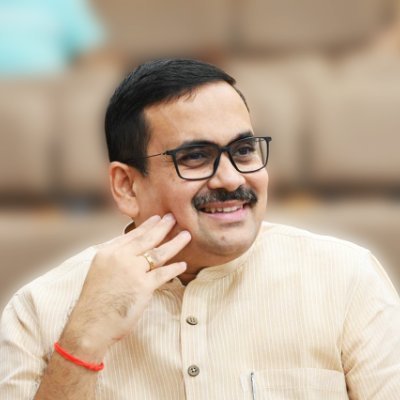Samvad, as a civilisational dialogue, offers a fresh opportunity to deliberate and shape the essence and spirit of the Asian Century
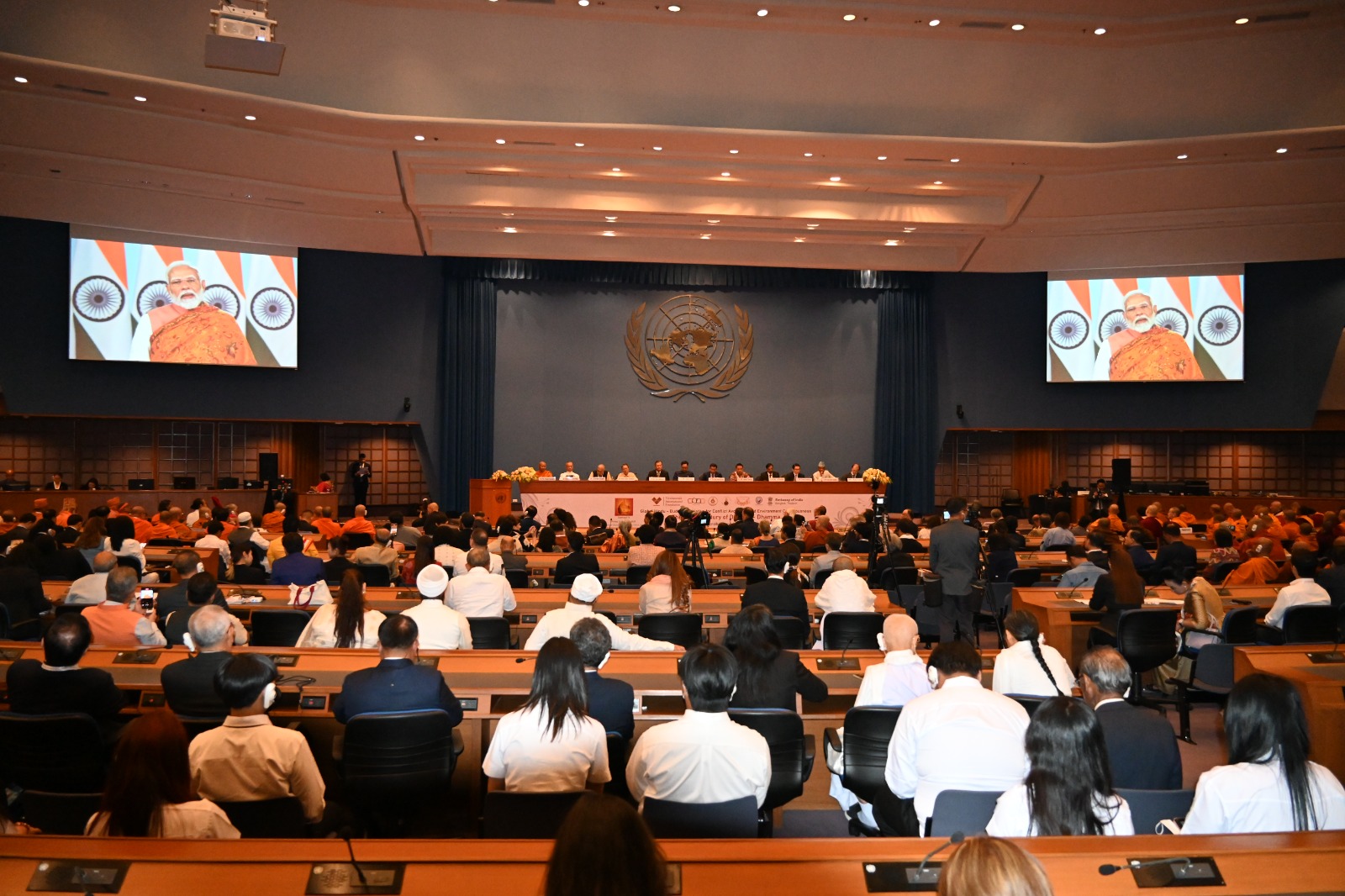
The fourth edition of Samvad – the Global Hindu-Buddhist Initiative for Conflict Avoidance and Environmental Consciousness will be held in Thailand from 14 to 17 February. This flagship outreach programme, initiated in 2015 by Prime Minister Narendra Modi and the late Prime Minister of Japan, Shinzo Abe, is led and organised by the Vivekananda International Foundation (VIF) in India, with the Japan Foundation as a key partner. The late Prime Minister Abe and Prime Minister Modi shared a special bond and a shared vision for a resurgent Asia.
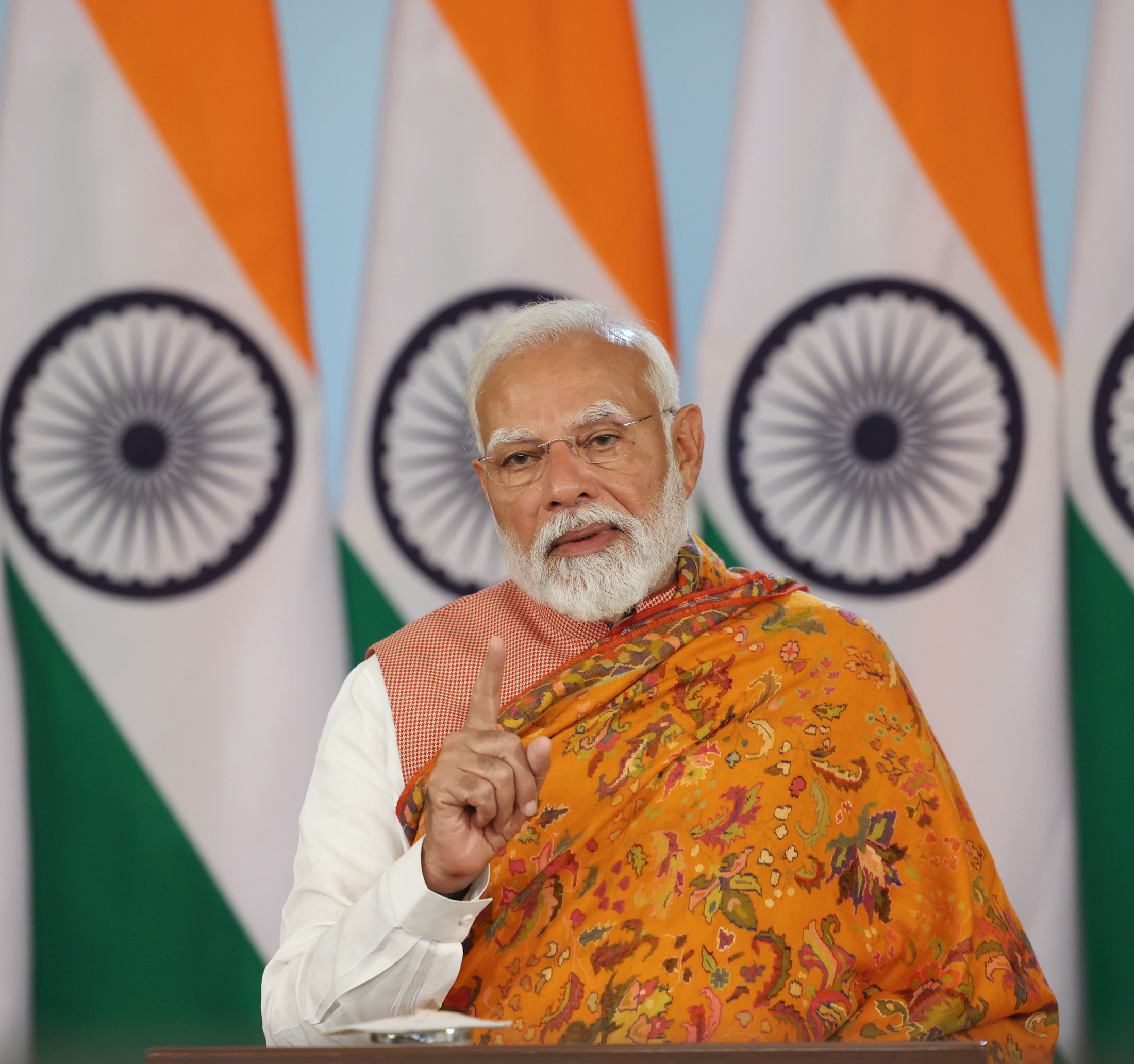
For the fourth Samvad, VIF is partnering with the Bodhigayavijalaya 980 Institute (BGVI), a prominent think tank headquartered in Bodh Gaya, which also operates across the Greater Mekong region, including Thailand, Cambodia, and Laos. Inspired by Prime Minister Modi’s vision of an “Asian Century”, BGVI has been undertaking Dhamma-Yatras across the region to crystallise this vision and narrative, shaping the Asian Century through Dhamma and Dharma. BGVI played a key role in the Dhamma Yatra held in January-February 2024, which saw the sacred relics of Lord Buddha taken from India to various cities across Thailand, receiving an overwhelming response.
Another key partner for the fourth Samvad is the Bharat Studies Centre at the renowned Mahachulalongkornrajavidyalaya University (MCU). The second day of Samvad will be held at the Bharat Studies Centre on MCU’s campus in the historic city of Ayutthaya—the civilisational twin of Ayodhya. Once a centre of trade, commerce, culture, and Buddhism in the region, ancient Ayutthaya was a prominent carrefour of the ancient world, serving as a bridge between Bharat and this part of the world.
The Bharat Studies Centre aims to foster and incubate studies and research in Indian philosophy, Buddhist studies, Pali, and Sanskrit. It aspires to emerge as a nodal centre for the study of great masters of modern India, such as Swami Vivekananda, Gurudev Rabindranath Tagore, and Sri Aurobindo, among others. The Centre’s academic leaders have studied at Indian universities and, therefore, take pride in calling themselves Hindus and Buddhists. Thus, organisations and institutions inspired by civilisational India, seeking to rekindle and forge anew these ancient linkages, are an active part of this edition of Samvad. The International Buddhist Confederation (IBC) and the Embassy of India in Bangkok are also partners in this Samvad outreach.
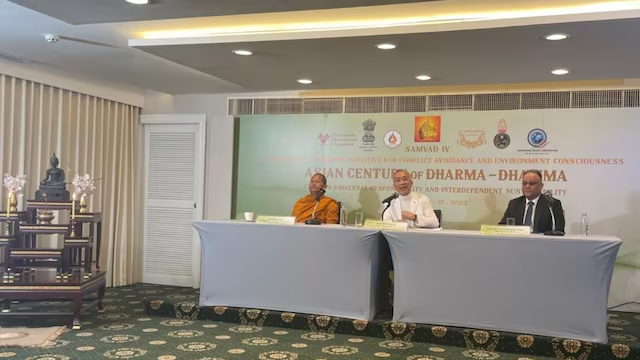
The theme of the fourth Samvad, The Asian Century of Dharma-Dhamma, resonates with Prime Minister Modi’s vision of the Asian Century—a century that must be centred on and inspired by Buddha. A century that will have sustainability, environmental consciousness, the preservation of traditions and cultures, assimilation, and adaptation as some of its defining pillars. Prime Minister Modi has often spoken of this civilisational dimension as the foundation for a new and inclusive global order.
Samvad has emerged as a gathering of policy-thinkers, experts, academics and spiritual masters representing inclusive and non-conflicting philosophies, which have no exclusivist ideologies. It has become a meeting arena for them to engage in an all-encompassing dialogue aimed at shifting the paradigm of global discourse on two critical issues facing the globe: conflicts and environmental degradation. The aim, thus, is to find an alternative narrative and vision, based on understanding, acceptability, and universal responsibility.
Prime Minister Modi’s mantra for the G20 Summit, chaired by India in 2023—“One Earth, One Family, One Future”—has set the tone for this round of Samvad deliberations. Thought leaders, experts, members of the Buddhist Sangha, and scholars will converge from across the world, including Sri Lanka, Bhutan, Nepal, Mongolia, Indonesia, Malaysia, Hong Kong, Germany, Russia, the UK, Cambodia, Laos, Vietnam, and Japan, to name a few. There is eager anticipation for Prime Minister Modi’s virtual message on the occasion, outlining the new contours of Samvad in a world witnessing the rapid currents of a new order in the making.
Over the last decade, Samvad has emerged as a vibrant forum for a dialogue of civilisations, cultures, and philosophies. India holds the unique civilisational distinction of being the land that gave rise to both Hinduism and Buddhism. Vedic and Upanishadic thought, which shaped and defined Sanatana Dharma, saw the emergence of a legion of thought leaders and sages who embodied the essential message of India.
It was a message that saw the Buddha emerge, embodying and representing a new dimension of thought and action—one that, in time, spread across the world. Swami Ranganathananda, a prominent and prolific philosopher-monk of India, writes: “Buddha stands closest to the spirit of the Upanisads. In fact, it is not possible to appreciate the life and teachings of Buddha adequately without understanding the spirit of the Upanisads.” Swami Ranganathananda reminded us that it was Swami Vivekananda, “one of the most prominent leaders of our country in recent times, who has called our attention to the great work of Buddha in the past and the greater work that the Buddha spirit can do for us today.” It was he who exhorted us “to turn back once again to that great heritage, to call back Buddha to our nation and to our hearts.”
Suniti Kumar Chatterjee, one of India’s most prominent linguists and a cultural philosopher of global standing—who was himself a great scholar of Buddhism—describes India’s civilisational and spiritual continuum as manifested in Lord Buddha with great inspiration. He observes: “In Buddha, we find, perhaps for the first time in the history of humanity, that all-embracing love for man which was to be the mainspring of human behaviour and which was to form one of the pivots of his aspiration for self-realisation. The secret of Buddha’s appeal, the great success of this appeal to humanity, has lain here. Buddha, of course, was in the first instance an Indian sage, and he inherited the accumulated wisdom of his forbearers.”
Chatterjee visited Thailand with India’s poet laureate Rabindranath Tagore in 1927, revisited the country a decade later, and was a valued member of the leading social science institution, the Siam Society, in Bangkok. His paper, “Buddha and Humanity”, is in fact virtually preserved in the Siam Society archives.
Thailand and India share a special cultural and spiritual bond, shaped over the aeons by Sanskrit, Pali, Ganesha, Vishnu, Shiva, and Buddha. This unique assimilation and amalgamation remain ever vibrant and self-renewing. Dr Raghuvira—one of India’s most profound cultural philosophers, a polyglot, and a scholar of Buddhism—writes: “Thailand is one of our ancient cultural friends, and their love for India is deeply retained in every work of literature and in every specimen of art.” Such civilisational bonds were shaped in a way unique to India of the past. Samvad in Thailand thus carries added symbolism.
One exultant description of India’s civilisational dissemination, made by another iconic scholar of Buddhism and Indian traditions, Rahul Sankrityayan—who is still remembered with respect in Thailand among prominent scholar-monks—comes to mind. “The story of the spread of Sanskrit literature and Indian culture outside India is indeed an interesting and romantic one,” writes Rahul Sankrityayan. “Other languages and cultures have generally spread directly or indirectly through the use of the sword… The spread of Indian culture and the Sanskrit language in Southeast and Central Asia, Tibet, China, Korea, and Japan seems to be an exception to the usual phenomenon. Princes spurned the prospects of royalty, donned the yellow robes, and went to unknown lands to preach the holy gospel… It was the fervour of idealism, the spirit of self-sacrifice, and defiance of death that were at the root of the spread of Indian culture in these distant lands…”
Sankrityayan reminds us that for Buddhist monks of that era, “the entire earth was their homeland”; they strove to globally realise the Vedic message of “Krinvanto Visvam Aryam”—to ennoble the world. Samvad aims to reaffirm this process of dissemination and to reiterate that global call.
Gurudev Rabindranath Tagore’s visit to Thailand in 1927 left a deep impression on him. Speaking at the National Museum in Bangkok, “in the shadows of the towering Buddhas in the audience hall of the Museum,” Tagore reflected on two ideas that he felt permeated the civilisations of the East: “close touch with nature and close touch with our masters and teachers.” He urged a return to these ideals that had long guided our civilisational quest. Tagore also regarded himself as a Buddhist, stating, “Everyone knows my feelings about Buddhism. I am always a Buddhist,” as he told the Penang Times on the eve of his departure for Bangkok. These deeper perspectives from the past will inspire the Samvad of the present.
Having travelled to some of the most important centres of Buddhism in Southeast and East Asia—such as Myanmar, Tokyo, and Mongolia—Samvad is now being held in Thailand at a significant moment for India. In the decade between the first Samvad in Delhi and Bodh Gaya and its fourth edition in Thailand, there has been a remarkable resurgence of active interest in preserving and disseminating the Buddha’s legacy and heritage.
The once-mighty Nalanda University, which symbolised civilisational Bharat as a knowledge hub of the ancient world, has now been revived through a special initiative by Prime Minister Modi. This new Nalanda, while taking on a modern shape and framework, continues to embody the ancient spirit of wisdom and knowledge. The Nalanda of the past invited scholars and seekers from across the ancient world to immerse themselves in its learning, and the Nalanda of the present aspires to do the same.
Pali—the language of Lord Buddha, the medium through which he spoke, spread his teachings, and expressed his profound wisdom—has fostered cultural and religious interconnectedness between civilisational India and the civilisations of Southeast Asia. Recognising its significance, Pali has now been conferred with the status of a classical language in India.
Language, Prime Minister Modi says, is “not just a medium of communication. Language is the soul of civilisation and culture. Every language carries its own essence.” He emphasises that preserving and promoting Pali is a collective responsibility. This recognition marks a momentous occasion in history, acknowledging Pali as a legacy of Lord Buddha and all that it has symbolised over centuries. It also opens up new possibilities for strengthening civilisational connections between India and her cultural partners, rooted in the teachings of the Buddha.
Today, there is an unprecedented focus in India on preserving and perpetuating the sites and legacy associated with Lord Buddha’s life and teachings. Prime Minister Modi continues to lead special efforts and initiatives in this regard, ensuring that the civilisational bonds forged through Buddhism remain strong and enduring.
The words of the educationist and statesman Dr Syama Prasad Mookerjee, who was also president of the once-leading organisation for the propagation of Buddhism in India and Asia, the Maha Bodhi Society of India, come to mind in this context. Though spoken in the past, his words hold contemporary relevance in light of Samvad’s concept and philosophy.
Buddhists, Dr Syama Prasad Mookerjee observed, “considered India to be their spiritual home because of the birth of Lord Buddha in Indian soil. India had to strengthen the ties of friendship that had existed in the past between India and her Asian neighbours. If India and the Buddhist countries in Asia could join their hands, there could again be peace in the world.” For Dr Mookerjee, it was the teachings of Lord Buddha that would guide the destiny of a resurgent Asia.
Anyone who has travelled across Southeast and East Asia in the past decade and had the opportunity to engage with thinkers and scholars would unmistakably notice the growing resonance of Prime Minister Modi’s vision of the Asian Century. In our times, he is perhaps the first global statesman to articulate a comprehensive vision for this idea. Samvad, as a civilisational dialogue, offers a fresh opportunity to deliberate and shape the essence and spirit of the Asian Century.
The articulation of this vision, along with the shaping of its core philosophy, will be pivotal in defining a new global order—one inspired by the interconnectedness of diverse civilisations, cultures, and schools of thought, while remaining committed to sustaining their uniqueness. Both Hindu and Buddhist worldviews and philosophies are best positioned to drive this millennial global agenda. The Asian Century will be largely defined by this approach—one that is dharmic, guided by Dharma and Dhamma.
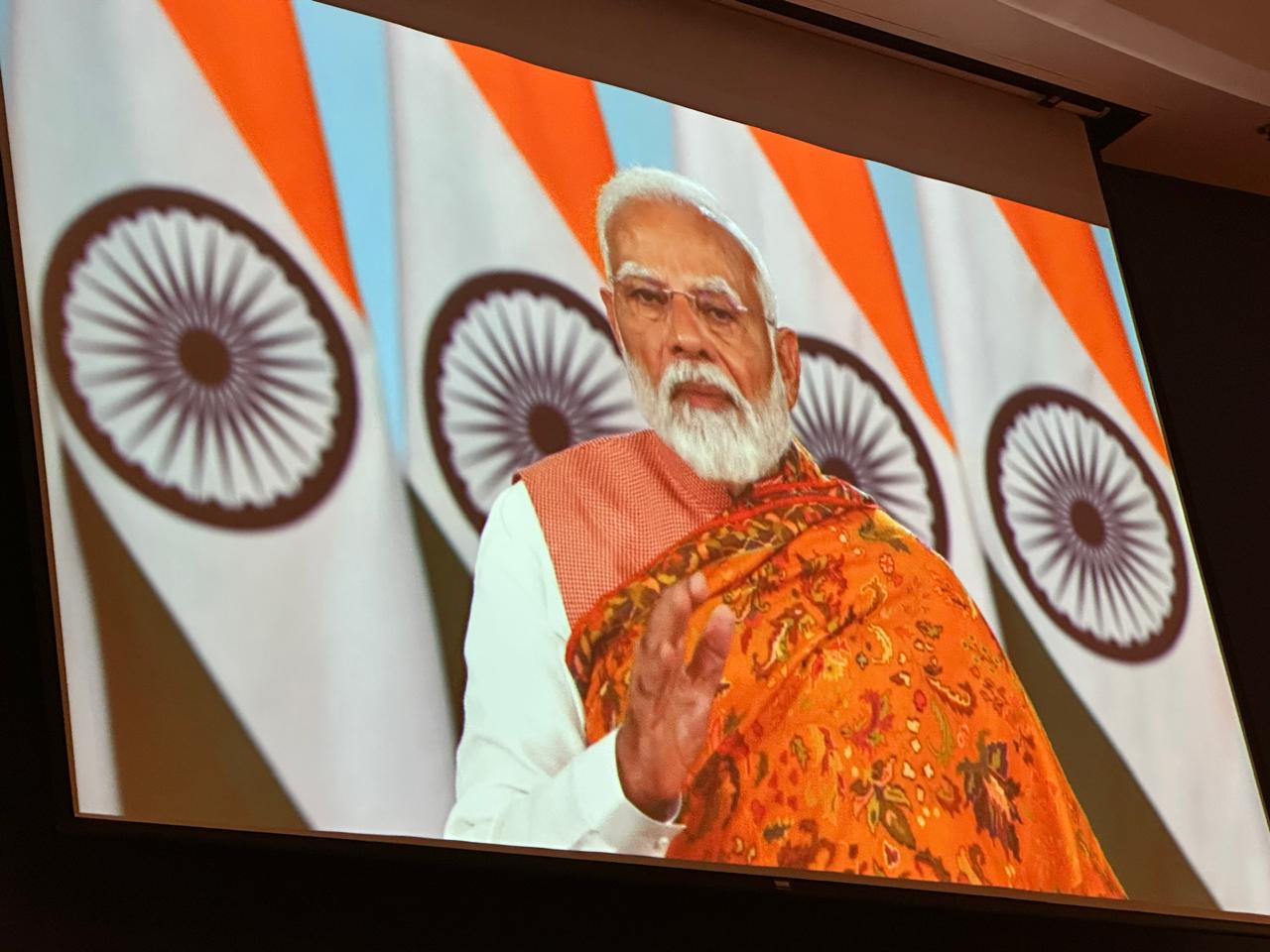
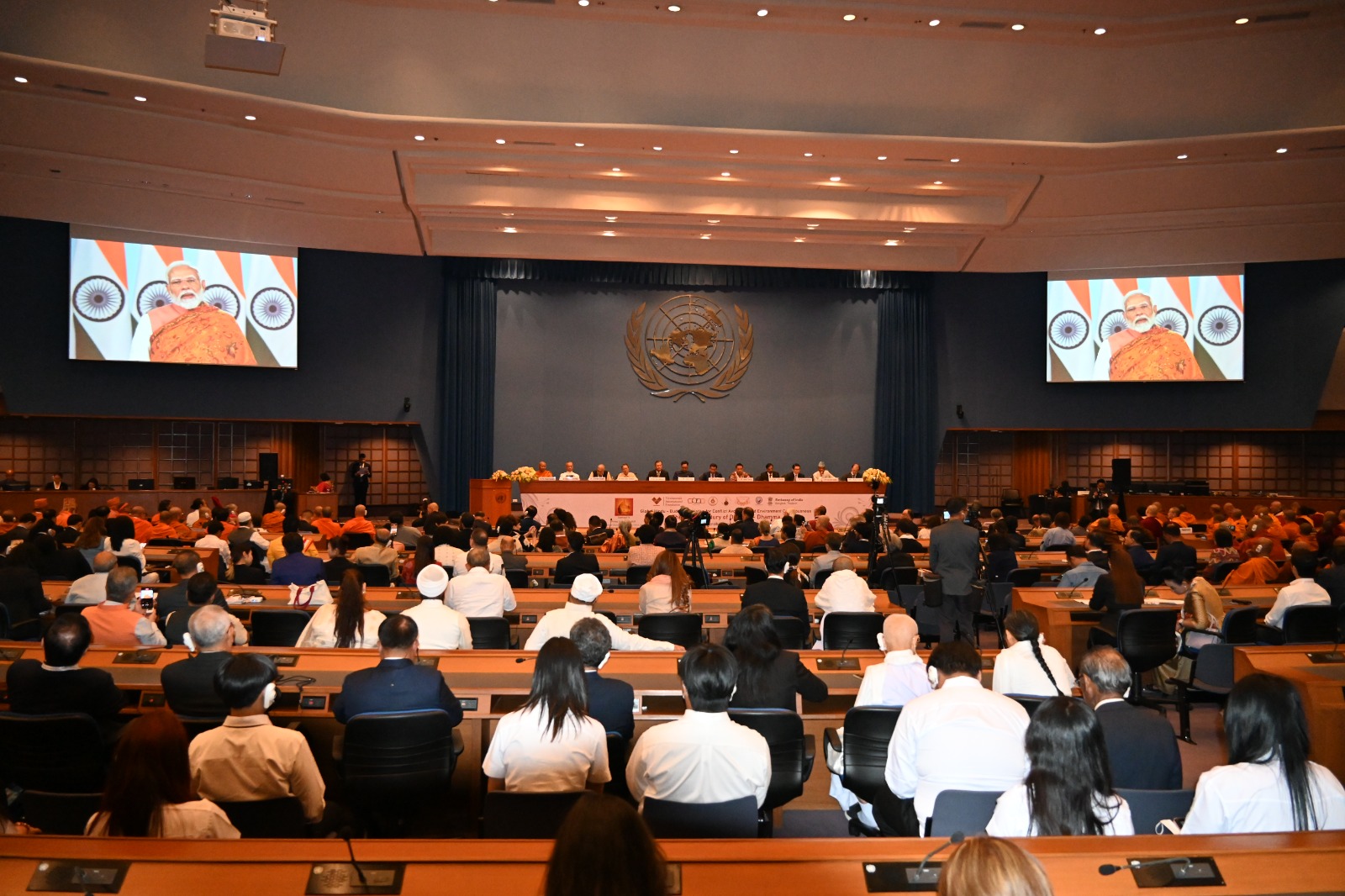
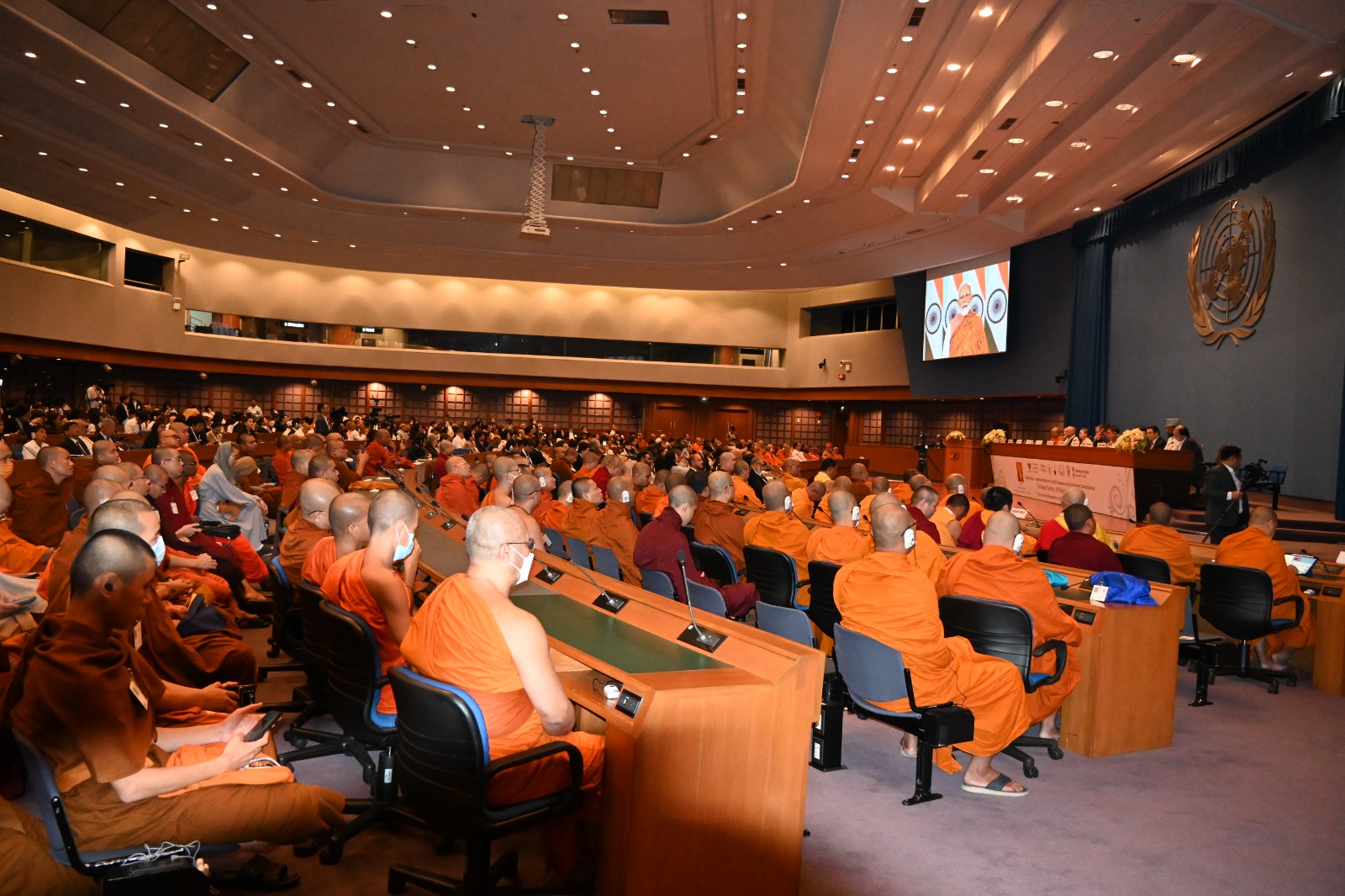
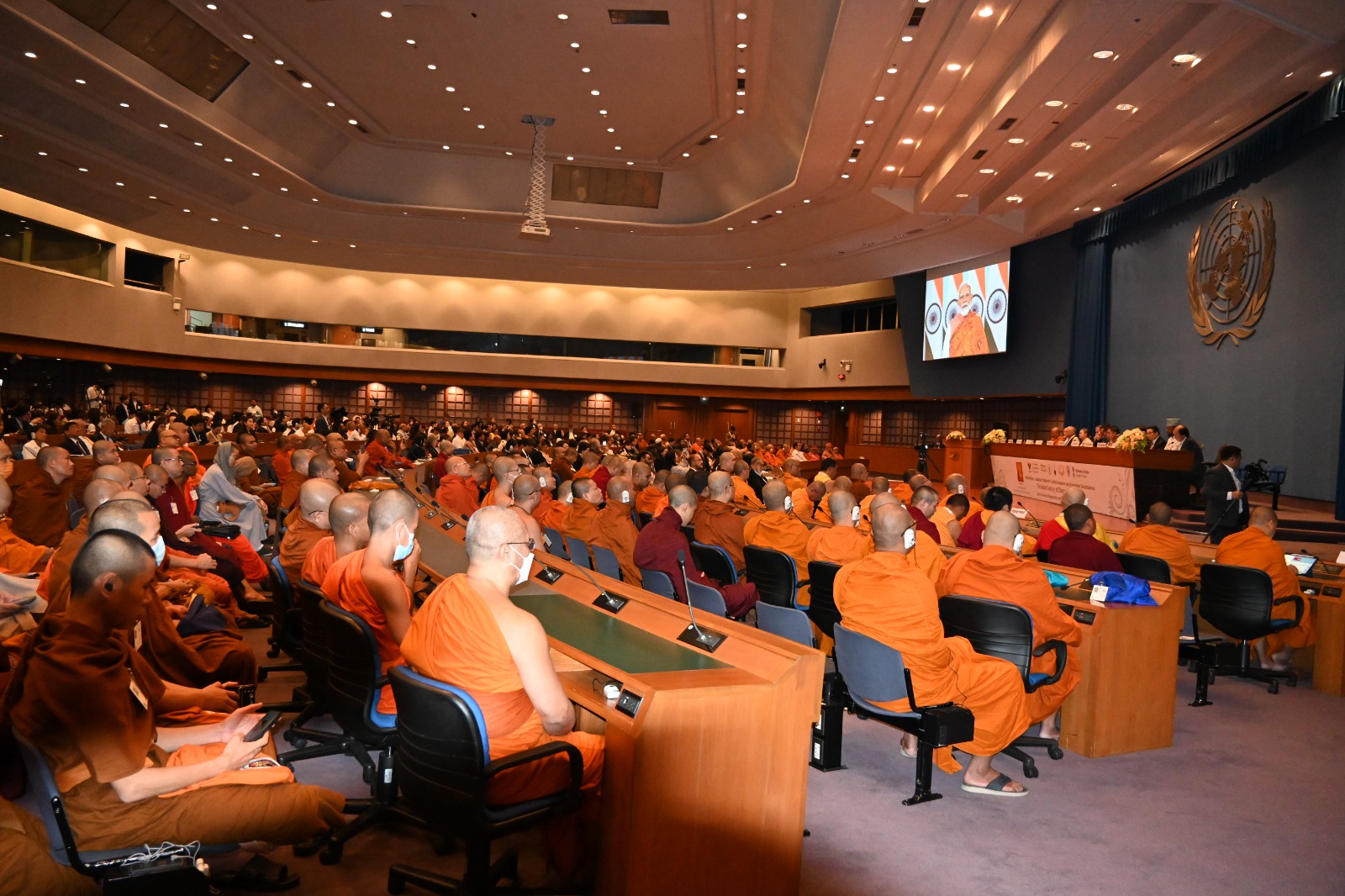
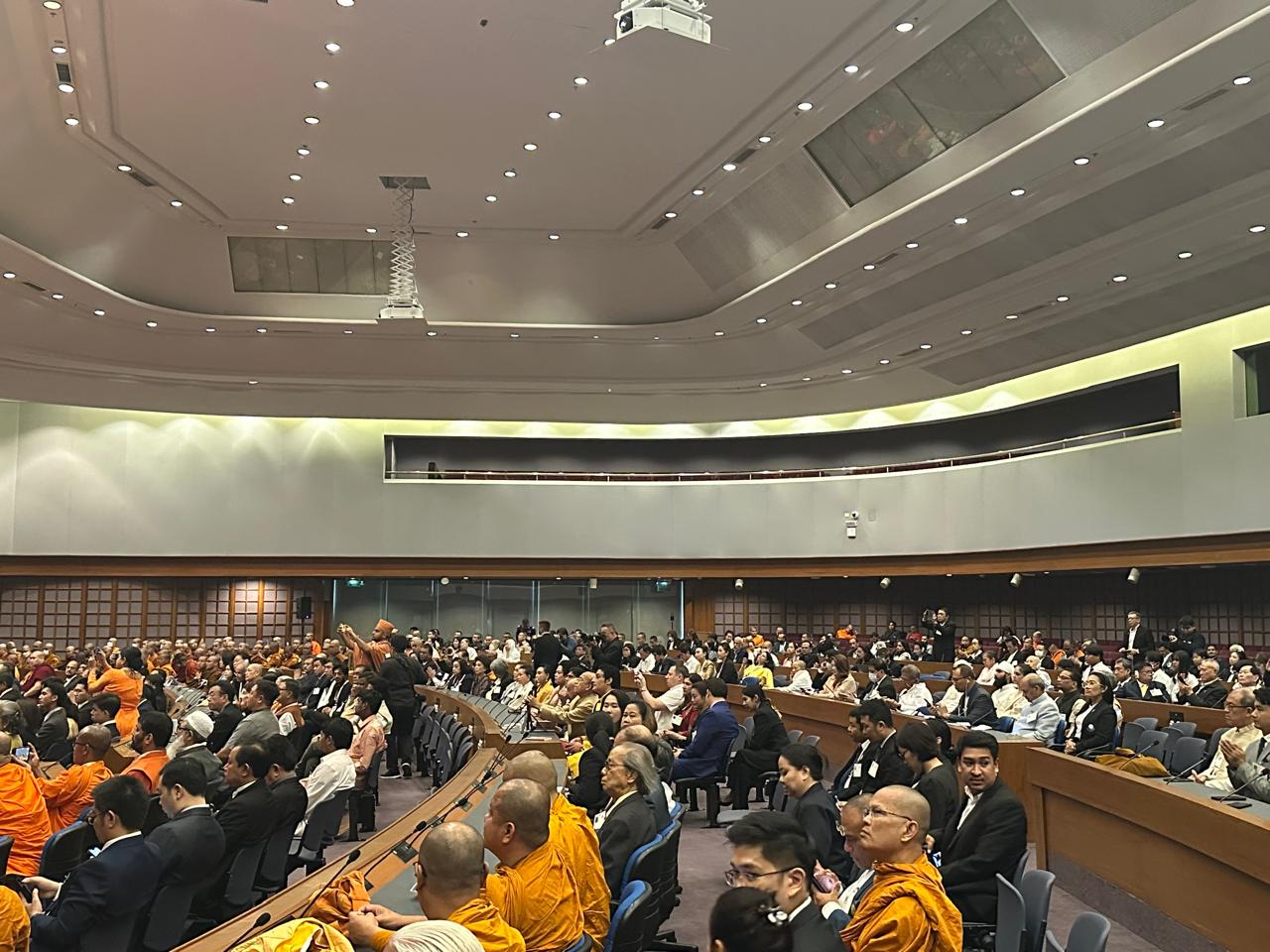
(The views expressed are the author's own and do not necessarily reflect the position of the organisation)
